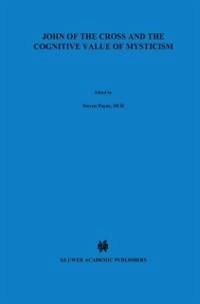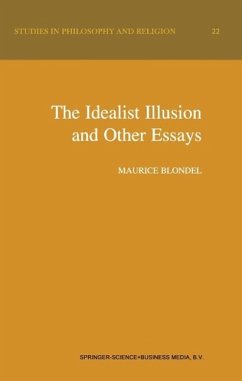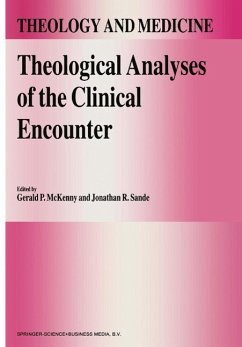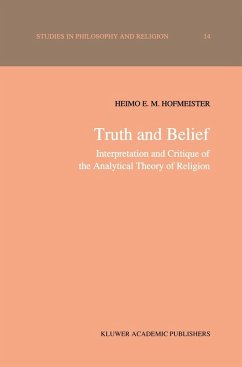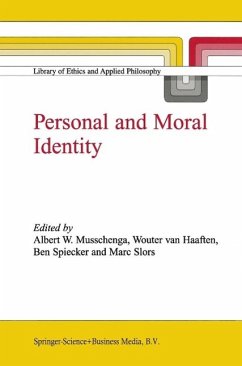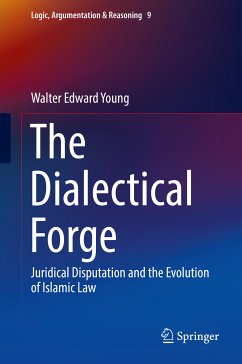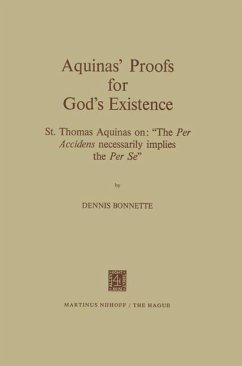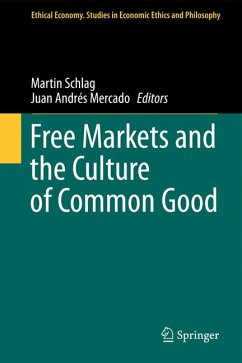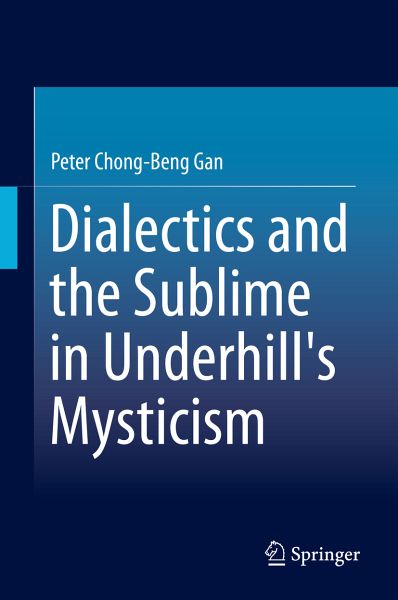
Dialectics and the Sublime in Underhill's Mysticism (eBook, PDF)
Versandkostenfrei!
Sofort per Download lieferbar
40,95 €
inkl. MwSt.
Weitere Ausgaben:

PAYBACK Punkte
20 °P sammeln!
This book represents a study of Evelyn Underhill's premier work on mysticism, using Hegel's dialectics and Kant's theory of the sublime as interpretive tools. It especially focuses on two prominent features of Underhill's text: the description of the mystical life as one permeated by an intense love between the mystic and infinite reality, and the detailed delineation of stages of mystical development. Given these two features, the text lends itself to a construction of a valuable discourse predicated on dialecticism, sublimity, and mysticism. The book also articulates a number of insights int...
This book represents a study of Evelyn Underhill's premier work on mysticism, using Hegel's dialectics and Kant's theory of the sublime as interpretive tools. It especially focuses on two prominent features of Underhill's text: the description of the mystical life as one permeated by an intense love between the mystic and infinite reality, and the detailed delineation of stages of mystical development. Given these two features, the text lends itself to a construction of a valuable discourse predicated on dialecticism, sublimity, and mysticism. The book also articulates a number of insights into the content and nature of the writings of Christian mystics.
Dieser Download kann aus rechtlichen Gründen nur mit Rechnungsadresse in A, B, BG, CY, CZ, D, DK, EW, E, FIN, F, GR, HR, H, IRL, I, LT, L, LR, M, NL, PL, P, R, S, SLO, SK ausgeliefert werden.




